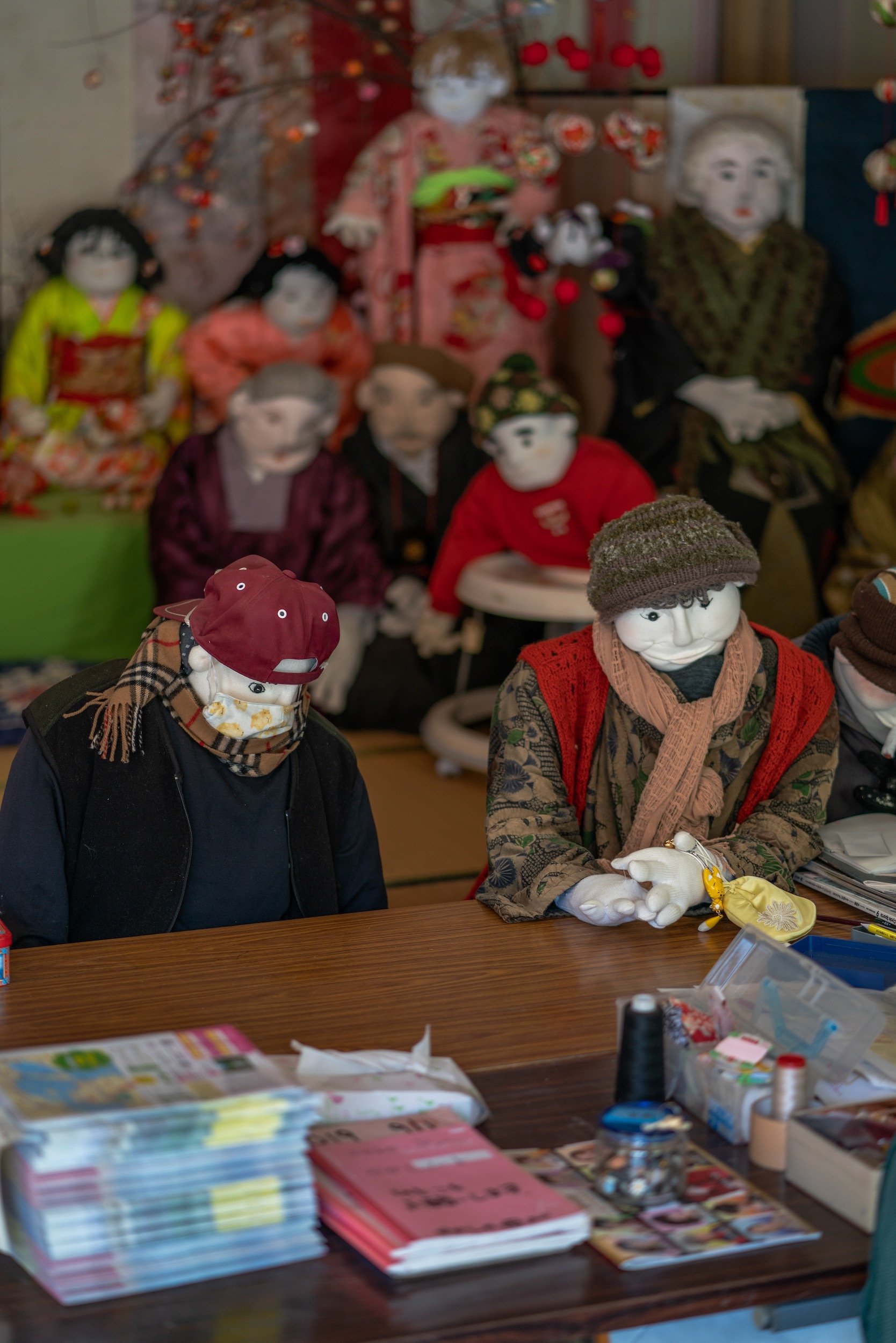In the heart of Nagoro Village, tucked away in the verdant hills of Shikoku, Japan, stands a peculiar sight - a village teeming with scarecrows that outnumber human residents ten-to-one.
Some are solitary, while others are posed in groups, as if deep in conversation.
All are unique, with their own personalities and stories.
Surprisingly, these straw-filled sentries were all fashioned by the skillful hands of one person: Ayano Tsukimi.
To the passerby, they appear to be nothing more than simple effigies, meant to protect the crops from the hungry beaks of crows. But to the villagers of rural Japan, they meant something much more profound.
With the lure of the bright lights and the promise of a more prosperous life, many have abandoned their rural roots and migrated to the country’s bustling cities.
As the cities grew, so did the exodus from the countryside, leaving behind empty fields and abandoned farms. Those who remain must cope with the emptiness left behind.
Thus, these scarecrows were born from the void left by migration's tide. Ayano Tsukimi, with her artist's eye and her deep love for her home, set to work on her scarecrows, fashioning them in the image of her neighbors, friends, and even herself.
And what began as a small gesture soon grew into a grand project.
More and more of these straw beings appeared in every corner of the village, each one commemorating the lives and experiences of those who once walked the same paths and tilled the same fields
Yet, the scarecrows also symbolize a larger trend in modern society, one that has spread far beyond the borders of Nagoro Village. They stand as silent sentinels, witnesses to a world that is rapidly changing. They represent the loss of a simpler way of life, one where people lived in close-knit communities, deeply connected to the land and to each other, their lives intertwined with the seasons.
And yet, in their stillness, they offer a glimmer of hope, a reminder that even in the face of loss and change, we can find ways to keep the memories of our past alive, and to honor the people and places that have shaped who we are today.
A reminder of the importance of holding on to our roots even as we reach for the sky.
So if ever you find yourself wandering through Nagoro Village, do not be afraid of the straw beings that greet you. Instead, take a moment to marvel at their beauty and their purpose, and to ponder the lessons that they have to teach.
In their silent gaze lies a message for us all, one that speaks of the power of art, of memory, and of the enduring spirit of a place called home.


































